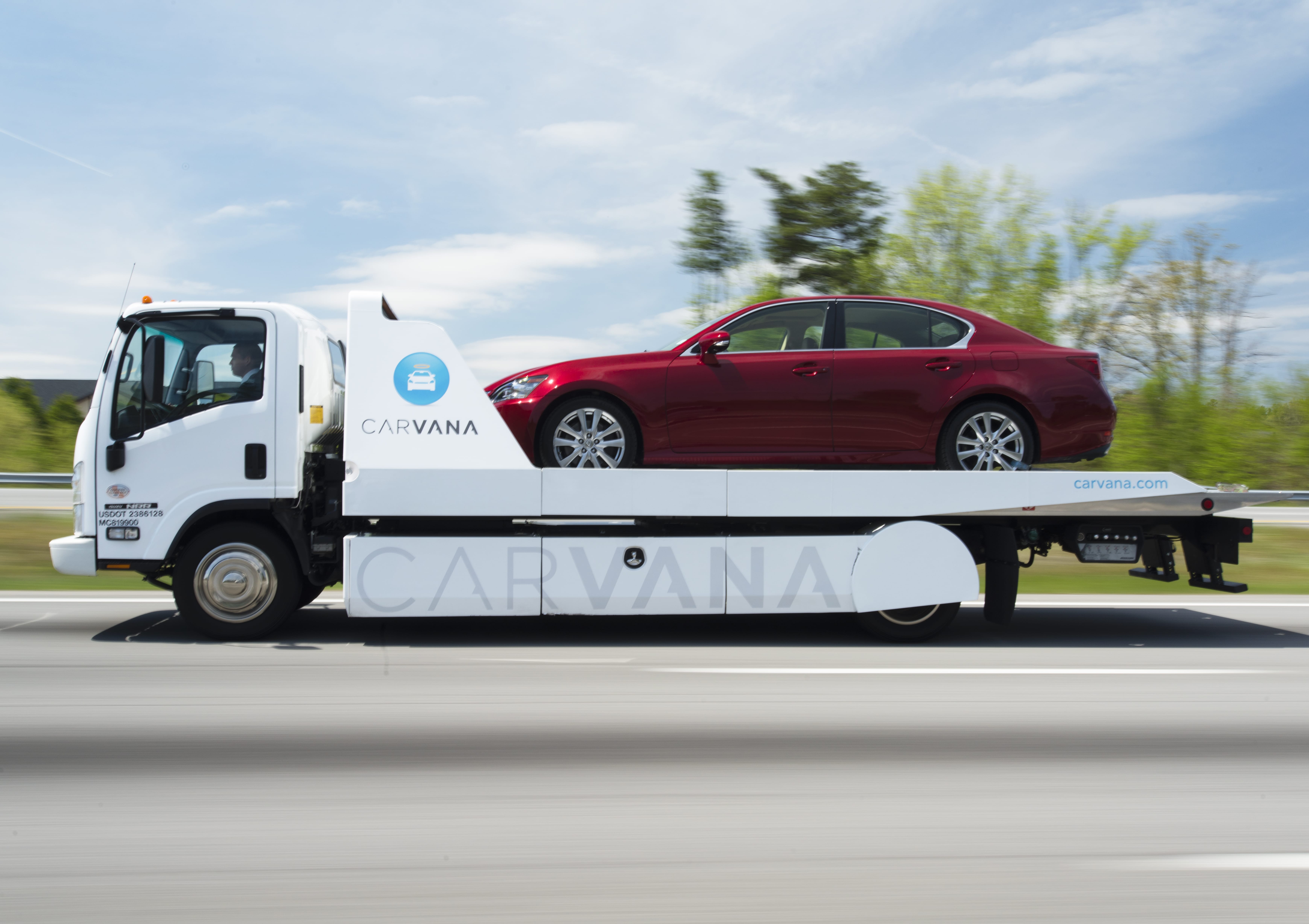In 2019, the used car industry is not one of novelty. But as ride-sharing companies such as Uber and Lyft continue to gain popularity among college students, Carvana, a Stanford-alum founded eCommerce platform for buying used cars, has expanded into the Bay Area. Founder and CEO Ernest Garcia III ’05 spoke of San Francisco and San Jose as “early technology adopters” in a statement on his Dec. 2018 expansion into the Bay.
Carvana takes pride in cutting out the middleman from car purchases, instead relying on a fully online interface that customers can use to select a vehicle and have it delivered the next day, “even faster than an Amazon Prime order,” the company stated in a press release. In an interview with The Daily, Garcia said that the business model has proven successful because many people are “discontent about the way” used cars are sold at dealerships.
“It’s not that used car salesmen are bad,” Garcia said. “[But] there’s a shared cultural experience … and I think that creates a lot of opportunity.”
Carvana has grown since its inception in 2012 and its spinning out of the larger used car company DriveTime — owned by Garcia’s father — in 2014. In fact, the company was named fifth on Forbes’ 2015 list of the America’s Most Promising Companies.
Garcia is not the only Stanford alum at Carvana. Multiple other Carvana executives also attended the University, including the company’s co-founders: Chief Operating Officer Ben Huston ’05 and Chief Product Officer Daniel Gill ’04. Garcia said that, while Stanford deserves significant credit for Carvana’s success, the used car company did not derive its business model from Stanford’s culture.
“Our goal wasn’t to be like, ‘okay, I went to Stanford, and all of these people know how to code, so now I want to sell cars online,’” Garcia said. “Our goal was ‘how do we make things better, how do we make car buying better for consumers, and what’s the toolset to do it?… Whatever that toolset is, there’s probably a bunch of ambitious capable people I know from Stanford who I can ask for help.’”
Carvana has been met with success but has not stamped out doubt among some investors who believe the company is unsustainable in an exhausted industry. According to U.S. News, “the average percentage of students who brought cars to campus in the 2016-2017 academic year was 46.8 percent.”
At Stanford, the percentage of commuters — including students and employees — who drove to campus alone fell from 69 percent of all commuters in 2003 to 43 percent in 2017. Stanford frosh are not allowed to bring cars to campus, which is home to about 13,000 bicycles, according to Stanford Facts 2018.
“There’s no doubt that millennials are using Uber and Lyft and all of these other things way more,” Garcia said, “[But] the vast, vast majority are also owning cars.”
“One of the things about going to Stanford is that you’re going to have a really disproportionate percentage of [graduates] that go to New York or Chicago or San Francisco,” he added. “In those locations, [not owning a car] is very, very prevalent.”
In the end, Garcia said, Carvana is not concerned with competing modes of transportation to car ownership. He noted as an example that the increase in popularity of virtual reality in recent years had people suggesting that “maybe human beings didn’t need to physically move anymore because you could just put on a headset.” He pointed out that this has not happened.
“We’re trying to build an experience that’s great for consumers who want to buy a car,” Garcia said. “There are going to be some groups where it’s not a perfect fit because they don’t want to buy a car, and for them, it’s all good.”
Contact Holden Foreman at hs4man21 ‘at’ stanford.edu.
